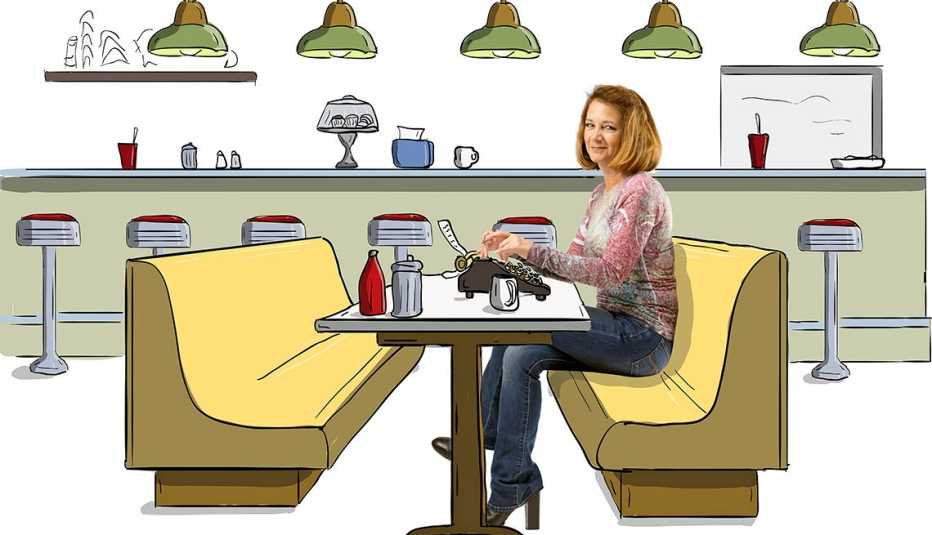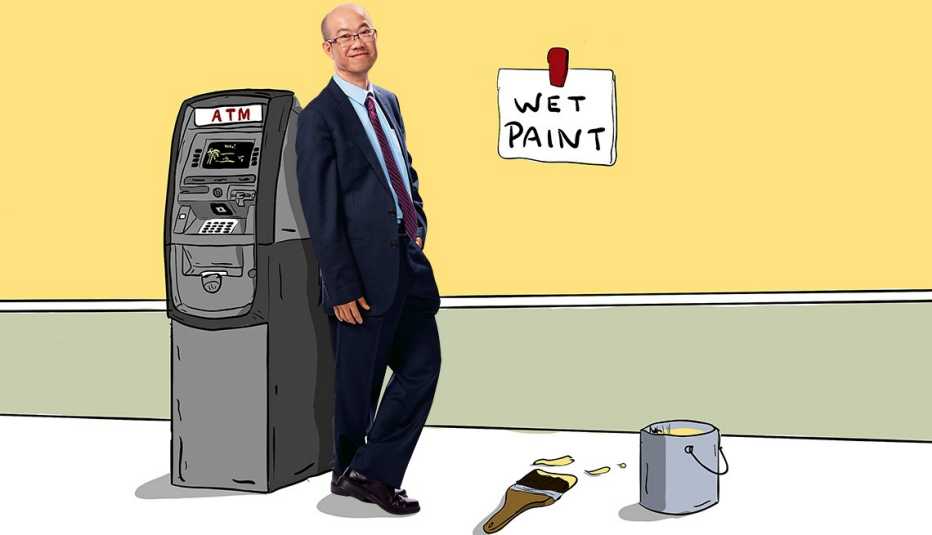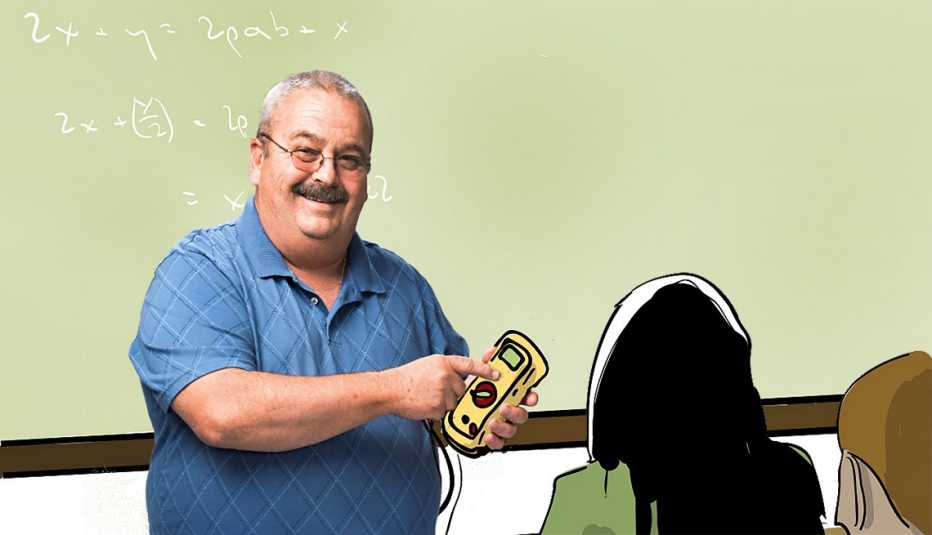AARP Hearing Center


For some people working over 50, the work they've done all their lives can become more physically demanding than they'd like. There are three choices: Grin and bear it, leave the job earlier than planned and take a financial hit, or find a different career that's less taxing. Here are three people who found new jobs they can enjoy into their 60s and beyond.
Turning the Page
Debra Ginsberg, 54, grew up watching her father support the family by waiting tables. "He made a good living," she says. "It seemed like a viable option for someone not inclined to go work in an office."
Learning New Skills
Local, state and federal programs that help workers shift careers:
The U.S. Department of Labor has more than 2,000 American Job Centers to help workers of all ages who are searching for training.
The Senior Community Service Employment Program (SCSEP), for unemployed people 55 and older with low household incomes, pays participants minimum wage while they gain experience at nonprofits and public institutions.
AARP Foundation works with community colleges, workforce boards and nonprofit partners to provide Back to Work 50+, a program for workers who may not qualify for SCSEP. Call 855-850-2525 toll-free.
Many community colleges, states and private organizations also offer assistance and training. Look for local programs.
So after graduating from college, she became a waitress while writing in her free time. "All I ever wanted to do was write," she says. The schedule also worked well while she raised her son. "It enabled me to spend all day with him when he was little and then work at night."
But more than 20 years of waiting tables took a toll on the San Diego resident. "Carrying heavy trays, remembering complicated orders — you're basically running the whole time if it's busy," she says. "I probably have lifelong back issues from carrying trays." She published a memoir called Waiting in 2000. The success of that book — which sold copies in the six figures — led to deals for six more books. Along with earnings from related editing and writing gigs, that allowed her to quit waitressing — for about a dozen years.
But last year, her editing and writing work ebbed. So she returned to a restaurant job. "But it tired me out more than I remembered," she says. "Everything hurt." She was also turned off by the "toxic" restaurant culture. "The staff was awful. I was horrified," she says.






























































More From AARP
Survive an Open Office
7 Tips for the Workplace
7 Ways To Make Continued Education Cheaper
Before cracking the books, figure out how you're going to pay